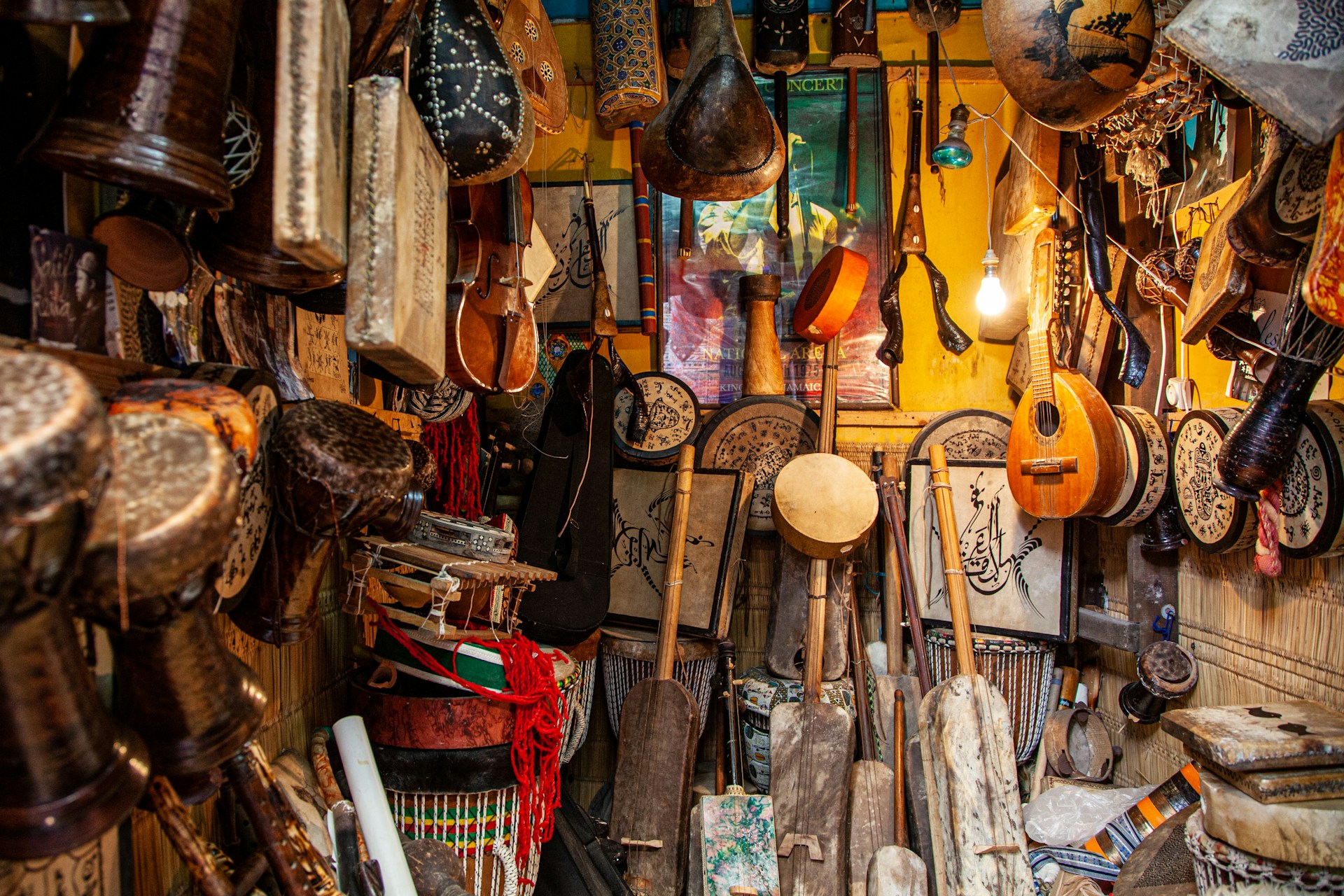
String instruments have played a crucial role in the history of music, evolving over thousands of years from simple, primitive designs to complex, sophisticated instruments. This article explores the fascinating journey of string instruments, highlighting their development, cultural significance, and technological advancements.
Ancient Beginnings
Early String Instruments
The origins of string instruments can be traced back to ancient civilizations. Early humans likely discovered that vibrating strings produced sound, leading to the creation of rudimentary stringed instruments.
- Bow and Harp: One of the earliest forms of string instruments is the bow, which produced sound by plucking the string. The harp, developed from the bow, consisted of multiple strings stretched across a frame.
- Lyres and Lutes: In ancient Mesopotamia, Egypt, and Greece, lyres and lutes emerged. The lyre had a wooden frame with strings stretched between a crossbar and a resonating body, while the lute featured a body and a neck with frets.
Cultural Significance
String instruments were integral to religious ceremonies, royal courts, and social gatherings in ancient civilizations. They were often associated with divine or spiritual significance, as seen in the lyres of ancient Greece, which were linked to the god Apollo.
The Middle Ages and Renaissance
The Development of Bowed Instruments
During the Middle Ages, the use of the bow revolutionized string instruments, giving rise to a new family of instruments.
- Medieval Fiddles and Rebecs: Early bowed instruments, such as the medieval fiddle and rebec, were predecessors of the modern violin. These instruments were used in both secular and sacred music.
- Viola da Gamba: The viola da gamba, popular during the Renaissance, was played with a bow and held between the legs. It had a fretted fingerboard and was used in ensembles and as a solo instrument.
Technological Advancements
The Renaissance period saw significant advancements in instrument making, leading to the creation of more refined and versatile string instruments.
- Lutes and Guitars: Lutes became highly popular, featuring complex fretted necks and multiple strings. The guitar also evolved during this period, with its distinct shape and sound gaining popularity in Spain and Italy.
- Violin Family: The violin, viola, cello, and double bass emerged as a family of bowed string instruments, perfected by Italian luthiers such as Andrea Amati and Antonio Stradivari. These instruments became central to Western classical music.
The Baroque and Classical Periods
Baroque Innovations
The Baroque period (1600-1750) brought about further innovations in string instruments, driven by the demands of composers and performers.
- Violin Virtuosity: The violin gained prominence, with composers like Vivaldi, Bach, and Corelli writing complex and expressive music for the instrument. The development of advanced playing techniques and the use of gut strings enhanced its capabilities.
- Harpsichord and Early Keyboard Instruments: While not strictly string instruments, the harpsichord and clavichord used strings to produce sound and played a significant role in Baroque music.
Classical Period Refinements
The Classical period (1750-1820) saw refinements in string instrument construction and playing techniques.
- Piano: The piano, invented by Bartolomeo Cristofori in the early 18th century, became the dominant keyboard instrument. Its ability to produce both soft and loud dynamics made it a favorite among composers like Mozart and Beethoven.
- String Quartets and Symphonies: The string quartet (two violins, viola, and cello) became a popular chamber music ensemble, while the symphony orchestra expanded to include a larger string section.
The 19th and 20th Centuries
Romantic Era Expansion
The 19th century, known as the Romantic era, witnessed the expansion and diversification of string instruments.
- Virtuoso Performers: Violinists like Niccolò Paganini and cellists like Pablo Casals pushed the boundaries of their instruments, showcasing technical prowess and emotional expression.
- New Designs: The double bass was redesigned for greater projection, and the guitar saw innovations in construction and technique, leading to the classical guitar as known today.
20th Century and Beyond
The 20th century brought about radical changes in string instruments, influenced by technological advancements and cultural shifts.
- Electric Instruments: The invention of electric guitars and electric violins revolutionized music, enabling new genres like rock, jazz, and electronic music. Pioneers like Les Paul and Leo Fender contributed to the development of these instruments.
- Innovative Techniques: Composers like Béla Bartók and Igor Stravinsky experimented with new playing techniques, such as sul ponticello (playing near the bridge) and col legno (playing with the wood of the bow).
- Digital Technology: The advent of digital technology and MIDI (Musical Instrument Digital Interface) allowed for electronic string instruments and virtual instruments, expanding the possibilities for composers and performers.
Conclusion
The evolution of string instruments is a testament to human creativity and ingenuity. From the simple bows and harps of ancient times to the sophisticated electric and digital instruments of today, string instruments have continually adapted to meet the changing needs and tastes of musicians and audiences. Their enduring popularity and versatility ensure that they will continue to play a vital role in the world of music for generations to come.
